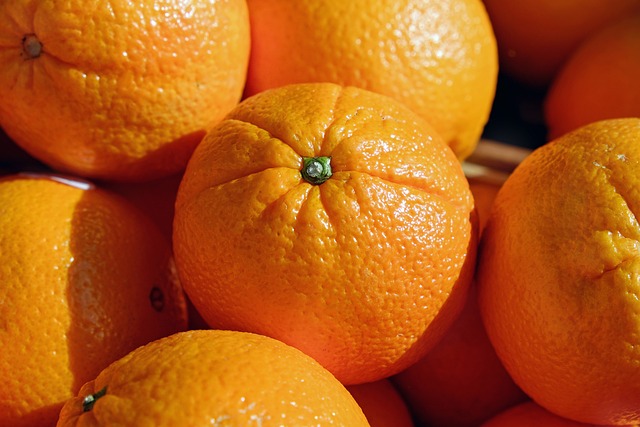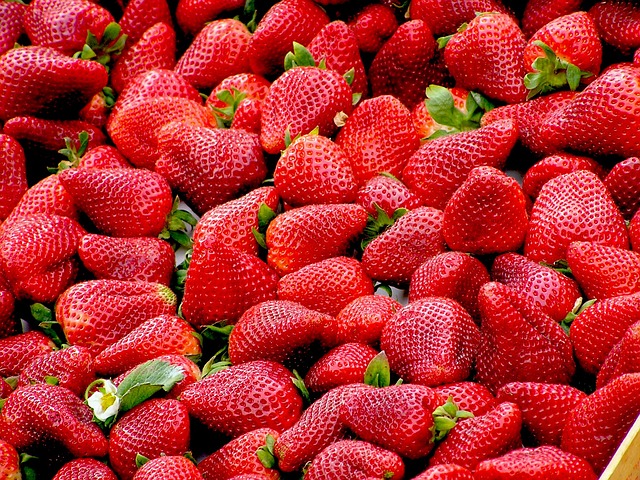Exploring Lesser-Known Sources of Probiotics for Optimal Gut Health
In recent years, there has been a surge in interest in probiotics and their role in promoting optimal gut health. While most people are familiar with yogurt as a source of probiotics, there are several other lesser-known sources that can provide a wide variety of beneficial bacteria to support a healthy gut. In this article, we will delve beyond yogurt and explore some alternative sources of probiotics that you may not have considered before.
Kombucha
Kombucha is a fermented tea beverage that has gained popularity for its potential health benefits. It is made by fermenting sweetened tea with a symbiotic culture of bacteria and yeast (SCOBY). The result is a tangy, effervescent drink that contains a variety of probiotic strains. Kombucha is not only a delicious alternative to sugary beverages but also a great way to introduce probiotics into your diet.
Sauerkraut
Sauerkraut, a traditional German staple, is made by fermenting cabbage with salt. During the fermentation process, beneficial bacteria such as Lactobacillus populate the cabbage, transforming it into tangy and crunchy sauerkraut. This fermented food is not only a tasty addition to sandwiches and salads but also a fantastic source of probiotics.
Miso
Miso is a traditional Japanese seasoning made by fermenting soybeans with salt and a specific fungus called koji. The fermentation process can take several months to several years, resulting in a rich, savory paste with an array of probiotic strains. Miso is commonly used in soups, dressings, and marinades, adding depth of flavor along with gut-friendly bacteria.
Tempeh
Tempeh is a fermented soybean product that originated in Indonesia. Soybeans are cooked, fermented, and pressed into a firm cake-like form. During fermentation, a white fungus called Rhizopus oligosporus binds the soybeans together and produces enzymes that aid digestion. Tempeh is versatile and can be used as a meat substitute in various dishes, providing both protein and probiotics.
Kefir
Kefir is a fermented milk drink that has been consumed for centuries in Eastern Europe and Southwest Asia. It is made by adding kefir grains, which are a combination of bacteria and yeast cultures, to milk. The fermentation process gives kefir its distinct tart flavor and creamy consistency. Kefir is rich in probiotics and can be enjoyed on its own or used as a base for smoothies and dressings.
Kimchi
Kimchi is a staple in Korean cuisine and is made by fermenting vegetables, typically cabbage and radishes, with a variety of seasonings including chili peppers, garlic, and ginger. The fermentation process not only enhances the taste but also increases the number of beneficial bacteria. Kimchi is a zesty, spicy side dish that can add a kick of probiotics to your meals.
Conclusion
While yogurt is a well-known source of probiotics, it is essential to consider alternative options to diversify the types of beneficial bacteria you consume. Incorporating a variety of probiotic-rich foods like kombucha, sauerkraut, miso, tempeh, kefir, and kimchi into your diet can ensure a more comprehensive range of gut-friendly microorganisms. Experiment with different flavors and explore the world of lesser-known probiotic sources for optimal gut health.







